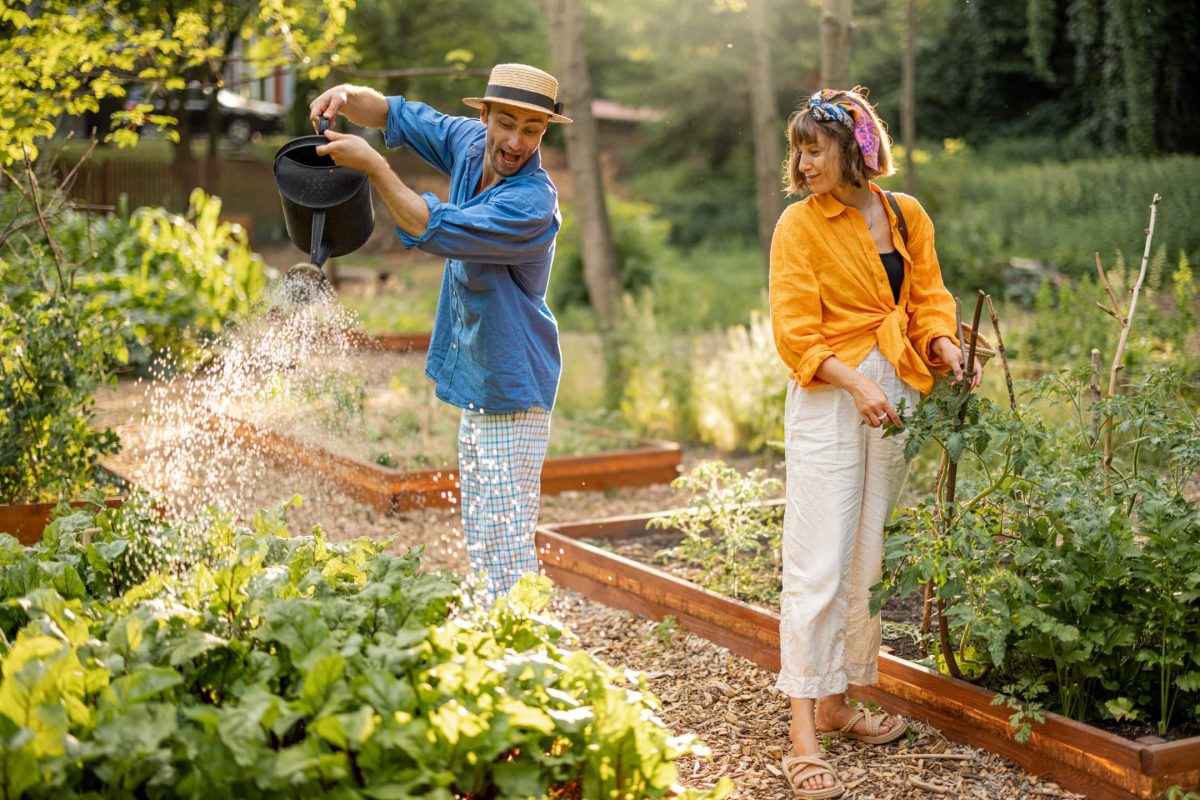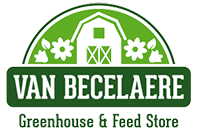July to September Garden Calendar: Essential Tasks for a Healthy Southeast Kansas Garden

Posted on July 31, 2025 by Van Becelaere Greenhouse
Home gardeners across Pittsburg and Southeast Kansas know that summer heat and late-season storms bring unique challenges—and opportunities—for maximizing the potential of a Healthy Southeast Kansas Garden. This July-September garden calendar is your seasonal guide to vibrant beds, productive harvests, and sustained garden health. Here’s how to keep your yard thriving during Kansas’ late summer months.
1. Watering Wisdom for Southeast Kansas
A consistent watering routine is vital during the hot, dry stretches of a Southeast Kansas Garden summer. Deep watering encourages the development of resilient root systems and reduces plant stress.
- Water early in the day to limit evaporation and lower disease risk.
- Newly planted trees and shrubs should get plenty of water once a day in the dry, arid climate of southeast Kansas.
- Prioritize drip or soaker hoses for vegetable and flower beds to keep foliage dry.
- Allow lawns to dry slightly between waterings, aiming for one inch of water per week.
- Always use mulch to conserve soil moisture and maintain even soil temperatures.
2. Mulching and Weed Management
Mulch is your garden’s best friend during the July-September garden calendar period. It provides a protective layer that regulates soil temperatures and prevents rapid water loss, giving you the confidence that your plants are well protected.
- Apply two to three inches of straw or compost to the beds and around the perennials.
- Mulch helps regulate soil temperatures and prevents rapid water loss.
- Keep mulch away from the direct stems of plants to avoid rot.
- Regularly patrol your beds for weeds and remove them before they set seed.
- After harvest, till the remaining mulch into the soil to boost organic matter for next year.
3. Harvesting and Preparing for Fall Crops
As summer produce peaks, keen attention ensures a Healthy Southeast Kansas Garden and a robust fall transition.
- Harvest mature vegetables and fruits promptly to encourage further production.
- Remove finished annuals and clear debris to reduce the risk of pests and diseases.
- Begin planting fall crops such as broccoli, cabbage, and greens in late July through August.
- Rotate crop locations from year to year to minimize soil-borne problems.
- Take soil samples now to plan for future amendments.
4. Flower and Lawn Care
Summer color and curb appeal continue well into September with attentive maintenance.
- Deadhead annuals and perennials to spark additional blooms.
- Fertilize roses and container flowers for late-season beauty.
- Mow bluegrass and fescue lawns at 3–3.5 inches; don’t cut too short during heat.
- Watch for common lawn pests, like grubs, especially in late July and August.
- Plan aeration and seeding for lawns in September for optimal fall recovery.
5. Pest and Disease Monitoring
Monitoring and responding quickly are crucial components of any garden calendar, especially during the high-pressure summer months.
- Inspect tomatoes and other vegetables for foliar diseases and promptly remove any affected leaves.
- Treat sweet corn for earworms as silks appear.
- Remove old raspberry canes after they have fruited to increase air circulation.
- Keep mower blades sharp to avoid lawn disease.
- Contact your local Extension office with any uncertain pest or disease issues.
Garden Calendar Recap
Staying proactive on watering, mulching, harvesting, and pest control from July to September gives your Southeast Kansas Garden the resilience and beauty home gardeners expect. Through each task, you help create a truly Healthy Southeast Kansas Garden—season after season.
If you’re looking for a good local garden center resource, stop in at Van Becelaere Greenhouse.
